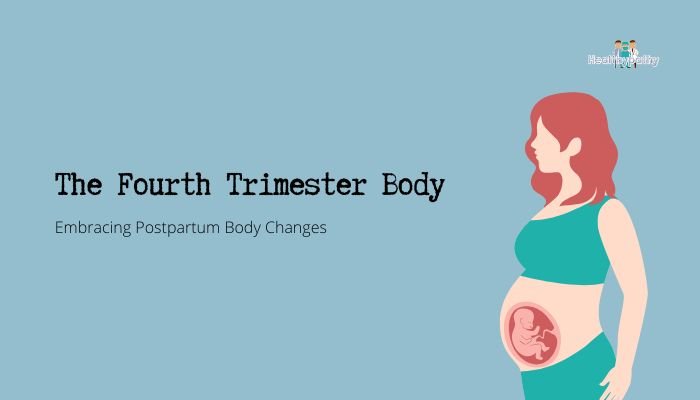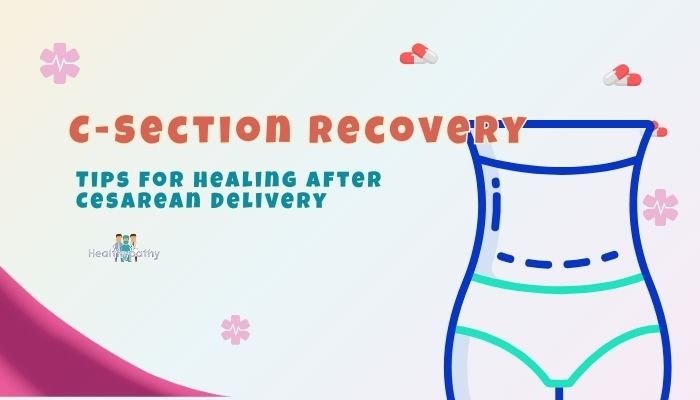Introduction
Welcoming a newborn is both a joyous and challenging phase that doesn’t end with the delivery. The fourth trimester—the postpartum period—can be a transformative time for your body, mind, and daily life. Your abdomen may not instantly spring back, your breasts might feel tender or engorged, and your hormones can cause an emotional roller coaster.
Yet, many new mothers receive little guidance about how to embrace these changes—and potentially love their bodies for their strength and resilience. This guide explores typical postpartum physical shifts, mental health considerations, and strategies to foster confidence in your “new” body.
Understanding Postpartum Body Changes
Abdominal Recovery
- Post-Birth Belly: After giving birth, the uterus gradually contracts over several weeks. Your abdomen may still appear rounded or soft initially—sometimes referred to as the “baby bump” that lingers for a while.
- Diastasis Recti: Some women experience a separation of the abdominal muscles. Certain exercises or physical therapy can help close this gap and stabilize the core.
Breast and Nipple Adjustments
- Engorgement: Full, heavy, and sensitive breasts due to milk production, typically peaking a few days postpartum.
- Size and Shape Changes: If you’re breastfeeding, you might see fluctuating breast volume throughout the day and over the months.
- Nipple Sensitivity: Often intensifies with lactation; proper latch techniques, lanolin creams, and supportive bras offer relief.
Vaginal and Uterine Healing
- Lochia (Postpartum Bleeding): A weeks-long discharge that transitions from red to pinkish-brown, then white or yellowish as the uterus sheds leftover lining.
- Perineal Tenderness: Stitches from tears or episiotomies may require gentle hygiene and rest. Using a peri-bottle or sitz baths can aid healing.
Weight Fluctuations
Not all pregnancy pounds vanish instantly after birth. Hormones, fluid retention, and changes in muscle tone affect postpartum weight. Gradual, healthy approaches to nutrition and exercise are key to long-term well-being.
Emotional and Mental Wellness
Hormone Shifts
The postpartum drop in estrogen and progesterone—and possibly thyroid fluctuations—may contribute to mood swings or mild “baby blues.” Most women see improvements within a few weeks, but if sadness or anxiety deepens, professional support is essential.
Body Image Concerns
It’s normal to feel disconnected from or disappointed in your postpartum body, particularly if you’re used to quick fixes touted on social media. Recognizing that healing is a gradual process fosters healthier self-talk and acceptance.
Postpartum Depression or Anxiety
If you struggle with persistent sadness, excessive worry, or intrusive thoughts, reach out to a healthcare provider. Therapy, counseling, or medication can help. Early intervention often improves outcomes.
Practical Strategies for Embracing Postpartum Changes
Gradual Return to Exercise
- Light Movements First: Walking or gentle stretching helps circulation and energy.
- Core Strengthening: Pelvic floor exercises and mild abdominal workouts (with clearance from your doctor) can rehabilitate muscles and support posture.
- Avoid Overexertion: Listen to your body; pushing too hard too soon might prolong healing or cause injury.
Supportive Clothing
- Comfortable, Soft Fabrics: Loose-fitting shirts and pants or leggings that accommodate changing shapes.
- Maternity or Nursing Bras: Provide additional support for lactating breasts, reducing strain on the back or shoulders.
Gentle Self-Care Routines
- Short Self-Care Moments: Even a quick, warm bath or reading for 10 minutes can restore calm in a hectic schedule.
- Nourishing Diet: Foods rich in protein, vitamins, and minerals speed tissue repair and aid emotional stability.
- Hydration: Particularly important if breastfeeding, as producing milk increases fluid needs.
Seek Community and Support
- Postpartum Groups: Sharing experiences with other new mothers can normalize concerns and reduce isolation.
- Partner and Family: Ask for help with household chores or infant care to allocate time for rest and recovery.
- Professional Assistance: Lactation consultants, physical therapists, or mental health counselors can address specific postpartum challenges.
Celebrating Your Postpartum Body
Embracing the Changes
Reframing “flaws” as proof of resilience—the body that nurtured and delivered a new life—can combat negative self-talk. Some women document these transformations through photography or journaling to honor the journey.
Realistic Expectations
Social media often shows only “bounce-back” success stories. Real postpartum recovery can take months or longer, especially if you faced complications. Remaining patient and focusing on wellness over aesthetic goals fosters stronger mental health.
Conclusion
The fourth trimester can be physically and emotionally demanding, as your body transitions through dramatic hormonal shifts and a new caregiving role. Yet, by recognizing normal postpartum changes—like a softer abdomen, heavier breasts, or shifting weight distribution—and approaching them with compassion, you can navigate the journey more gently. Bolstering self-care, seeking supportive networks, and focusing on incremental goals help align your identity with your evolving postpartum physique. Ultimately, embracing these changes can lead to a deeper appreciation of what your body has achieved: giving life and demonstrating remarkable endurance.
References
- American College of Obstetricians and Gynecologists (ACOG). Postpartum care and the fourth trimester. 2018.
- World Health Organization (WHO). Postnatal care for mothers and newborns. 2020.
- March of Dimes. Understanding postpartum body changes. Accessed July 2025.
- Bø K, et al. Postnatal exercise and pelvic floor rehabilitation. Br J Sports Med. 2021;55(5):287–293.
- National Institutes of Health (NIH). Hormonal influences and postpartum mood changes. 2022.







